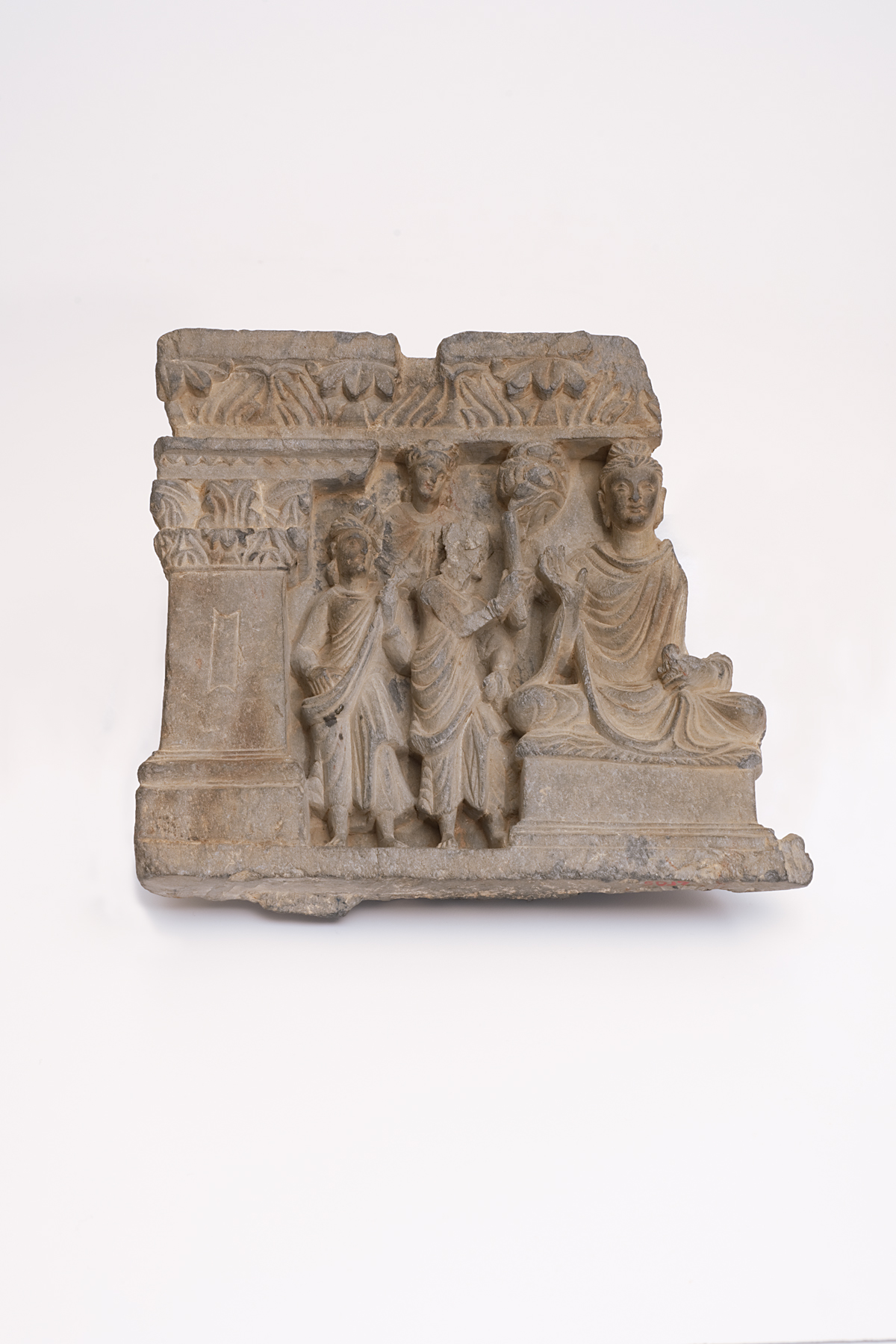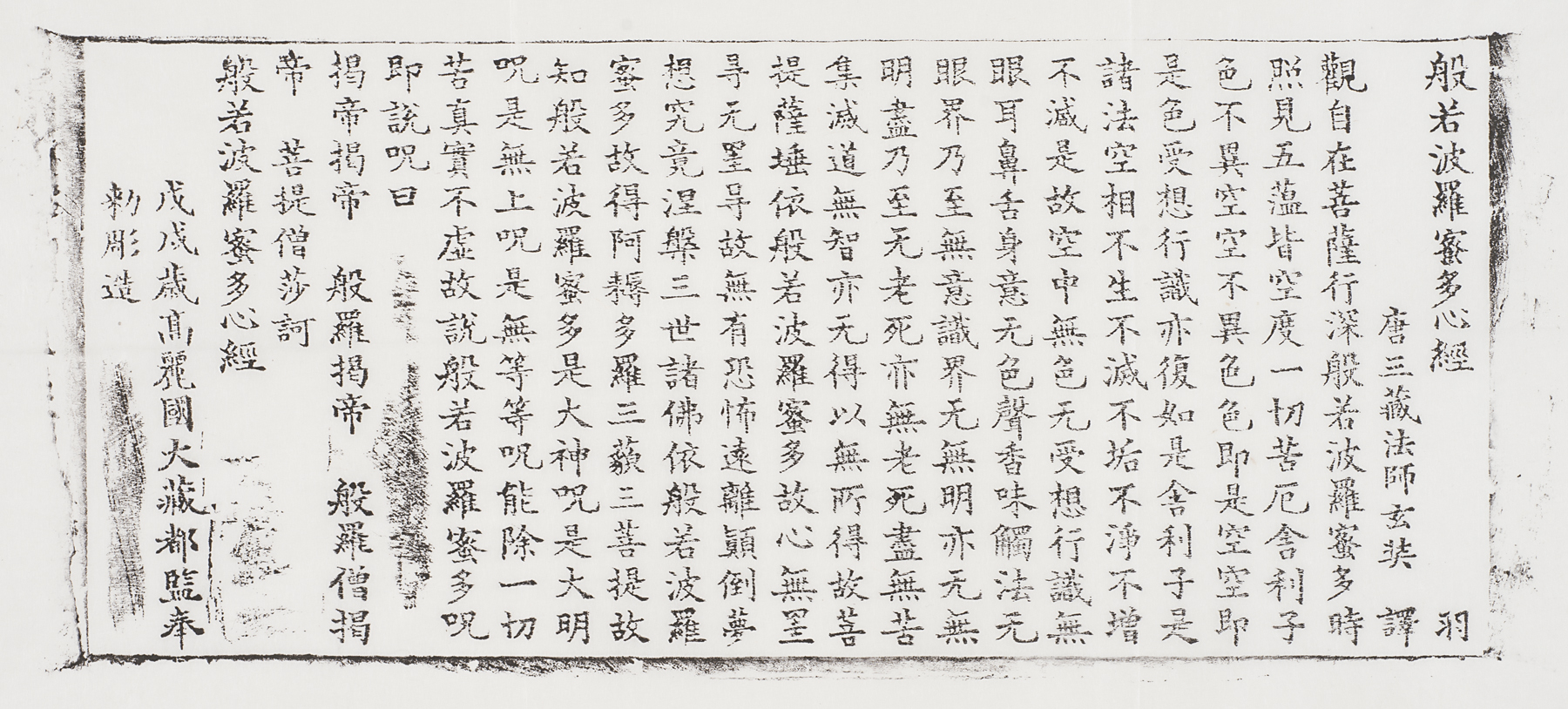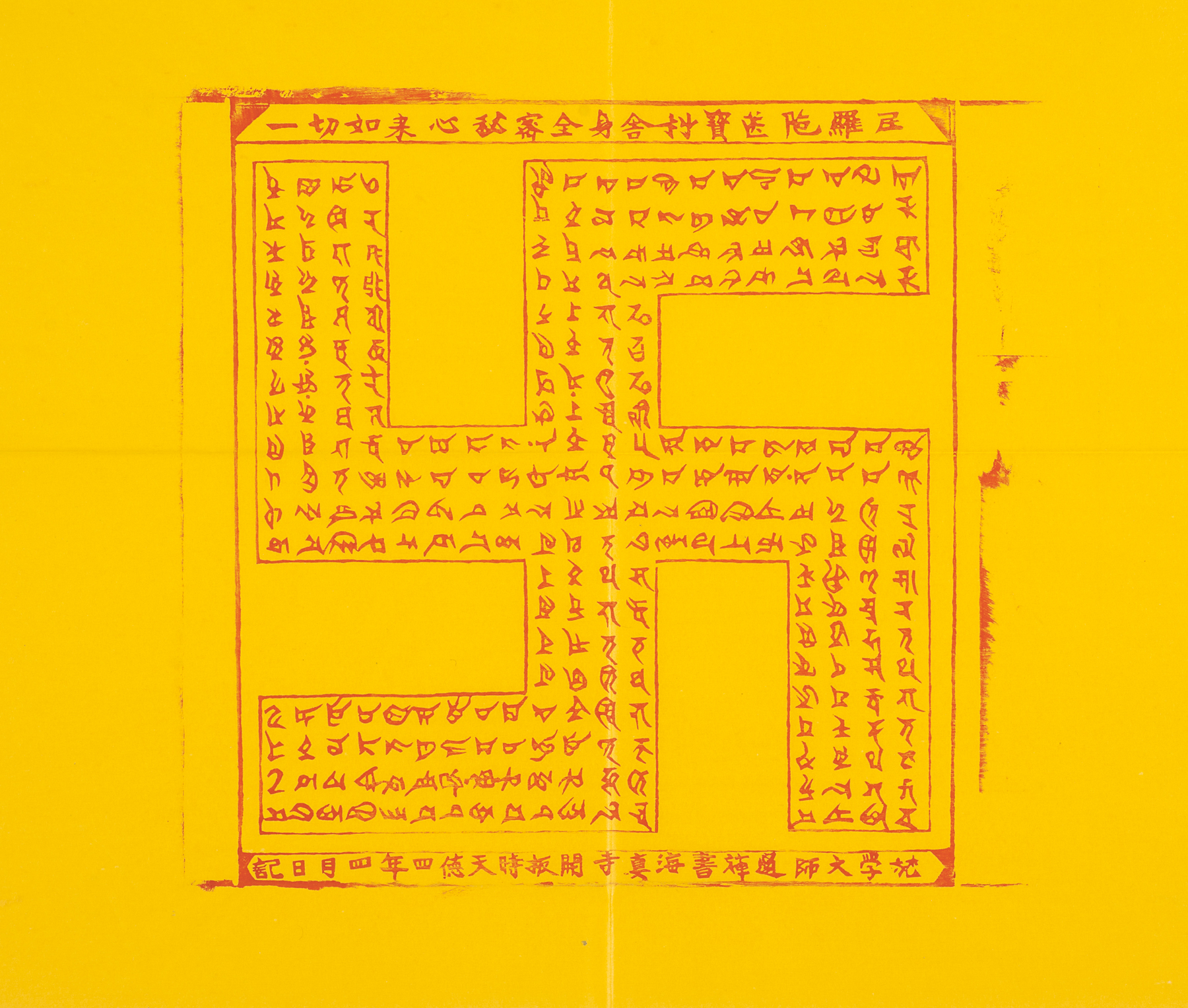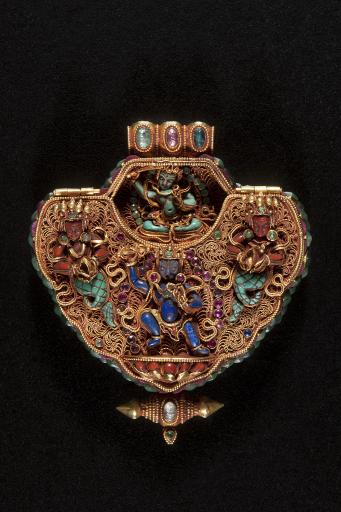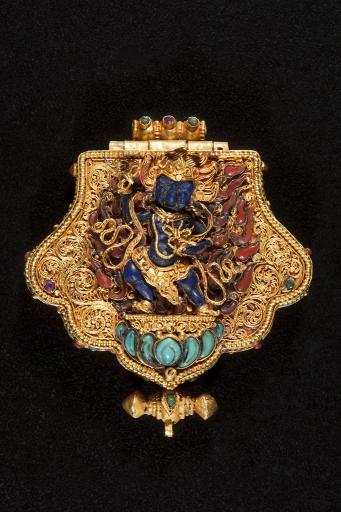Brosseau Center for Learning: Latter Days Reprised: Buddhist Art in Honor of Professor Marsha Haufler
Exhibition Overview

This special exhibition coincides with the symposium “Views from Sunflower Terrace,” which celebrates the distinguished career of retiring KU Art History Professor Marsha Haufler. The exhibition encompasses Professor Haufler’s wide-ranging interests from later Buddhist art to murals in the Pyongyang Metro. The title of the installation references Professor Haufler’s groundbreaking exhibition Latter Days of the Law: Images of Chinese Buddhism, 850–1850, which opened at the Spencer Museum in 1994 and traveled to the Asian Art Museum, San Francisco in 1995.



